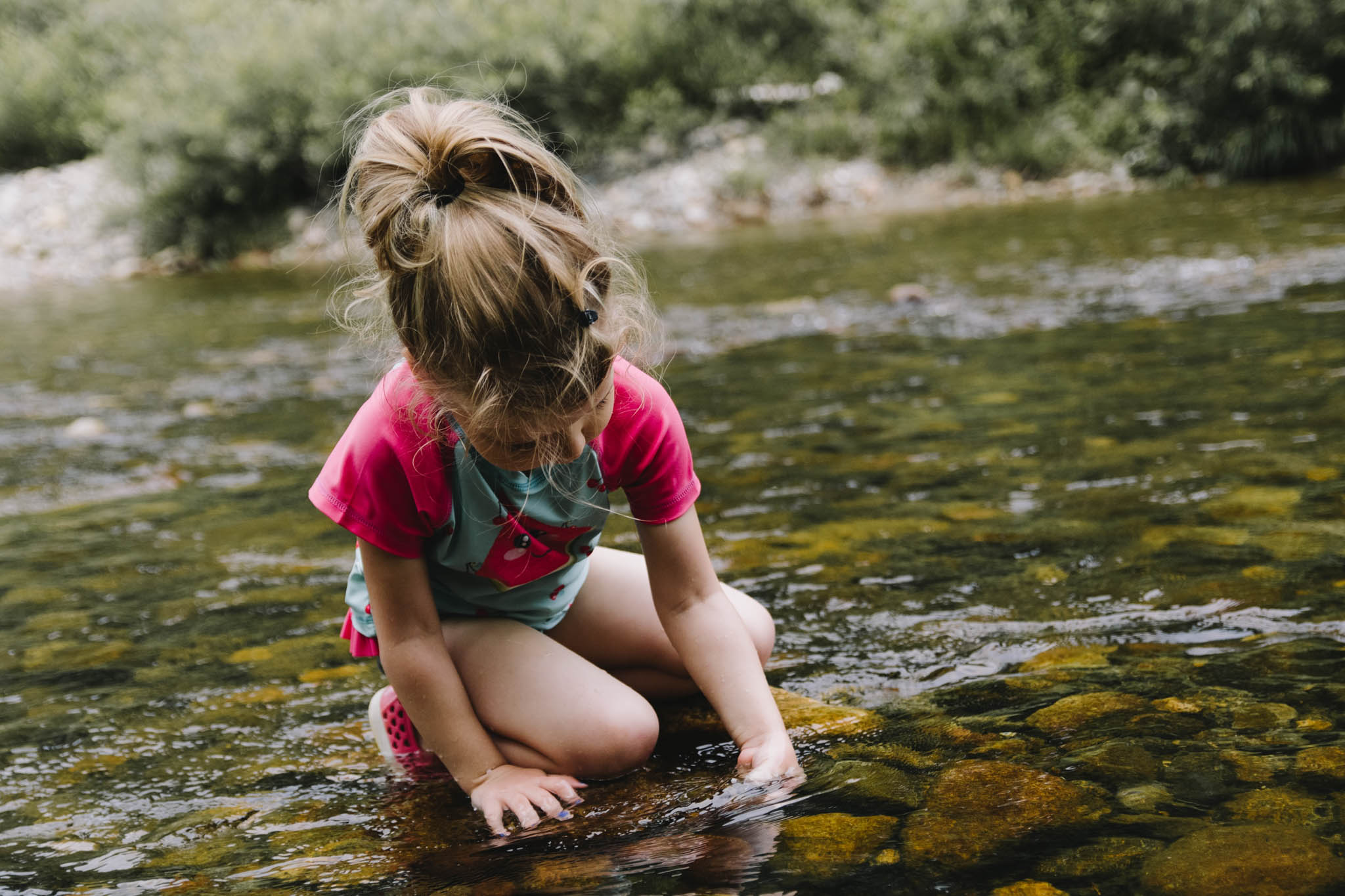Educational Resources for Teachers and Parents
RiversEdge West created this compilation of teaching resources for educators and parents across the Southwest to connect elementary-aged students to their local rivers and influence the next generation of river stewards.
This guide contains free lesson plans and activities created by RiversEdge West and partner organizations that provide hands-on activities to help students interact with rivers and give students an appreciation for and knowledge of the importance of riparian habitats and healthy rivers in their lives. Many thanks to the organizations that contributed lesson plans and activities to this guide!
Habitat: the natural home or environment of an animal, plant, or organism. Habitat has 4 essential components: food, water, shelter, and space.
-
What’s your Habitat? (grades K-4, 5-8) - The National Wildlife Federation. Students explore the basic survival needs of humans and wildlife by drawing their own homes and neighborhoods
-
Habitat Hunt (grades 3-6) - The National Wildlife Federation. Participants conduct a search for important habitat elements for several animals
-
Habitat Web (grades K-6) - The National Wildlife Federation. Students explore the web of connections between living and non-living things and what happens to an ecosystem if organisms die out or if an invasive plant is introduced.
Riparian habitat is a type of wildlife habitat found along the banks of a river, stream, or other, actively moving source of water such as a spring or wetland. Ecologically intact riparian areas naturally retain and recycle nutrients, modify local microclimates, and sustain broadly based food webs that help support a diverse assemblage of fish and wildlife.1
-
Riparian Metaphors (grades 2-6) - Adapted from Project WILD's Wetland Metaphors. Students learn the value of riparian habitat by making comparisons between unrelated objects through metaphors.
-
Creature Feature (grades 2-6) - Bureau of Land Management. Students work in small groups to design a creature adapted to living in a riparian area.
-
Riparian Sponge Activity (grades 2-6) - Bureau of Land Management. This activity lets students demonstrate the greater water retention capacity of a healthy riparian system.
Invasive, non-native plants, often referred to as noxious weeds, are plants that are not native and are able to establish, grow quickly, and spread to the point of damaging native plant communities or ecosystems. In the activities below, students explore the impacts that non-native, invasive riparian plants like tamarisk (also referred to as saltcedar) and Russian olive have on riparian ecosystems.
-
Musical (Plant) Chairs (grades 2-8) - RiversEdge West. Students learn about a few of the advantages invasive species have that allow them to outcompete native plants.
-
The Water Relay (grades 2-6) - RiversEdge West. This game demonstrates the concept of plants (cottonwoods and tamarisk) competing for a resource (water). It also introduces the effects of a predator (beaver) and asks students to figure out how to change the scenario to favor one species over the other.
-
Cottonwoods vs. Tamarisk (grades K-8) - RiversEdge West. Students will review and test their memory on concepts they learned during RiversEdge West's in-class visit.
-
Alien Invasion! (grades 6-12) - National Ocean Service. Students prepare a written case study on an invasive aquatic species.
-
Invasive Species Battleships (all ages) - Scottish Invasive Species Initiative. Can you locate the invasive species on your opponent's river and remove them first?
If you have an activity or lesson to add to this list of resources, email Nicole at ncook@riversedewest.org.






